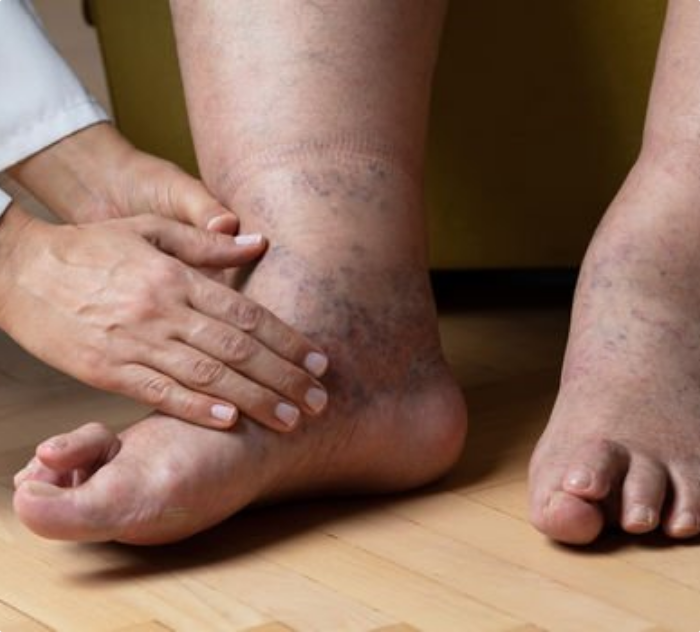Vascular Surgery

What is vascular surgery?
The Tinsley Surgical team uses the latest advanced form of sclerotherapy from Varithena®, a foam that they inject into the affected veins. The foam seals off the vein so blood can’t flow through it, causing the vein to wither and eventually break down. There are plenty of other healthy veins for your blood to flow along, so losing a few doesn’t impair your circulation.
Foam sclerotherapy has several advantages. For starters, the foam doesn’t mix with your blood in your vein like a liquid sclerosant. Therefore, it works longer and is more effective than liquid sclerotherapy. Also, because of the foam’s thickness, the team at Tinsley Surgical can view your veins using ultrasound, which improves the treatment’s effectiveness.
Risk factors for spider veins include:
In many cases, you can have laparoscopic surgery as an outpatient, going home the same day as your procedure.
Commonly asked questions about vascular surgery:
Spider veins, also known as telangiectasia or broken capillaries, are networks of tiny red, blue, or purplish blood vessels visible on the skin’s surface. While spider veins are not medically dangerous, they are a common cosmetic concern. It’s important to note that having spider veins increases the likelihood of developing varicose veins, larger and often painful bulging veins in the legs.
Spider veins typically appear on the face and legs, affecting self-esteem for many individuals. If spider veins impact your confidence or cause discomfort, Tinsley Surgical offers effective treatments to eliminate them.
